What is a Puppy?
A puppy is a term used for a dog’s baby. Some puppies can weigh 1–1.5 kg (1-3 lbs.), while larger ones can weigh up to 7–11 kg (15-23 lbs.) and mostly depends upon the different types of dog breeds. All healthy puppies grow quickly after birth.
Puppy as a Pet:
So you’re adding a puppy to your family. Congratulations! Bringing home a new puppy is one of the most exciting things you’ll ever do. Bringing home a new puppy is an exciting and joyful moment. Your puppy will require a lot of love and attention as they transition into their new home. Before your puppy arrives, there are some arrangements and decisions to be made. After you’ve picked out your puppy, you’ll need to puppy-proof your home. You’ll also need to find the right supplies, decide on house rules, think about how you’ll make introductions, and schedule important vet visits.
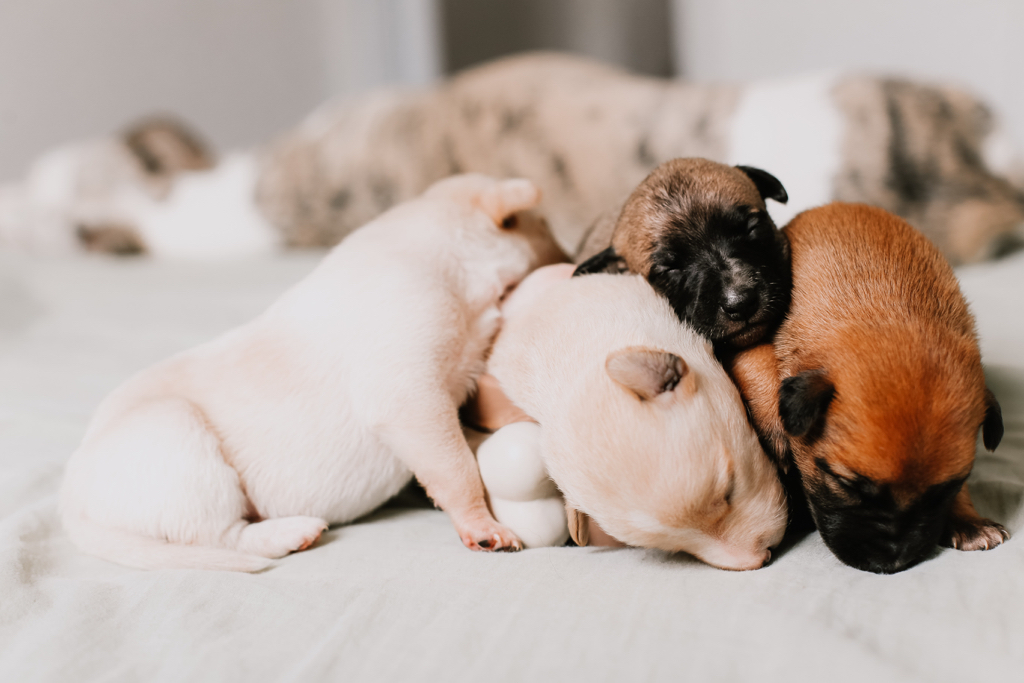
What things you should have to consider before getting a Puppy?
There are a few things you need to consider carefully before you decide to get a puppy:
- Cost:
Have you budgeted to make sure you can afford all the costs associated with getting a puppy? You’ll need to consider insurance, vet bills, food and ongoing costs (like buying leads, toys and poo bags). - Lifestyle:
Do you have enough time for a puppy? Especially while they are young, they will need plenty of company and ongoing training during the day. If you work full time, you may need to consider day care options. You’ll need to look after your new puppy for as long as they live, so if you’re planning any big lifestyle changes then make sure you’ll be able to accommodate a dog too. - Your home:
Is your home dog appropriate? Do you have a secure garden for them to run and play in and enough space for them to have separate eating and sleeping areas? - Vets:
Do you know of any vets nearby where you can register your new puppy? It’s worth visiting the vet before getting a puppy as they can give you advice on how best to get one and help you with research. - Research:
Always make sure you research any pet thoroughly before getting them. With dogs, make sure you thoroughly research the breed as well to make sure they’re the right dog for your family and home.
How to prepare your home for a new Puppy?
Once you decide to get your puppy, the very first thing you need to do is make sure that your home is ready for your new addition.
Puppies are naturally curious, and they have a tendency to get into everything including things they shouldn’t. Puppy proofing your home is a must, both to protect your new dog and to protect your home.
Invest in a few dog gates that allow you to block off doorways and keep your new puppy contained to a certain area of your home. That way, you can keep an eye on your dog and make sure he’s not only safe but isn’t getting into any mischief (like chewing on your favorite pair of shoes!).
Before you bring home your new puppy, you should also do a sweep of your entire home to identify and remove any potential safety hazards. Always make sure your new puppy should not have free access to the area where there are any chocolate products because it may be fatal for your puppy’s health. Do you have a number of plants in your home? Do your research to make sure none of them are toxic to dogs and, if they are, get rid of them.
Ultimate New Puppy Checklist
The most common things every new Puppy owner should keep in mind are as follows:
Puppy food:
“Puppies should eat when they are hungry and until satisfied”
Puppies need proper nutrition to grow into healthy adult dogs. To avoid upset tummies during what can already be a stressful time, be sure to have a supply of same food your puppy has been raised on ready at home. Once they’ve settled in, talk to your veterinarian about the best food for your puppy and their specific needs. Your veterinarian can recommend puppy-specific formulas and advice about how to switch their food over time.

Puppy treats:
Puppy treats play a big role in training your new companion. Look for treats that are soft, chewable and low in fat and calories. Remember that while treats help build a bond and reinforce positive behaviors during training, they shouldn’t make up more than 10% of your puppy’s overall diet.

Food and water bowls:
Your puppy should have good quality food and water bowls. While you may put out your puppy’s food bowl only at mealtimes, fresh water should always be available. If you find your puppy eats too fast, consider a slow-feeding bowl, designed to help your puppy eat at a more appropriate pace.
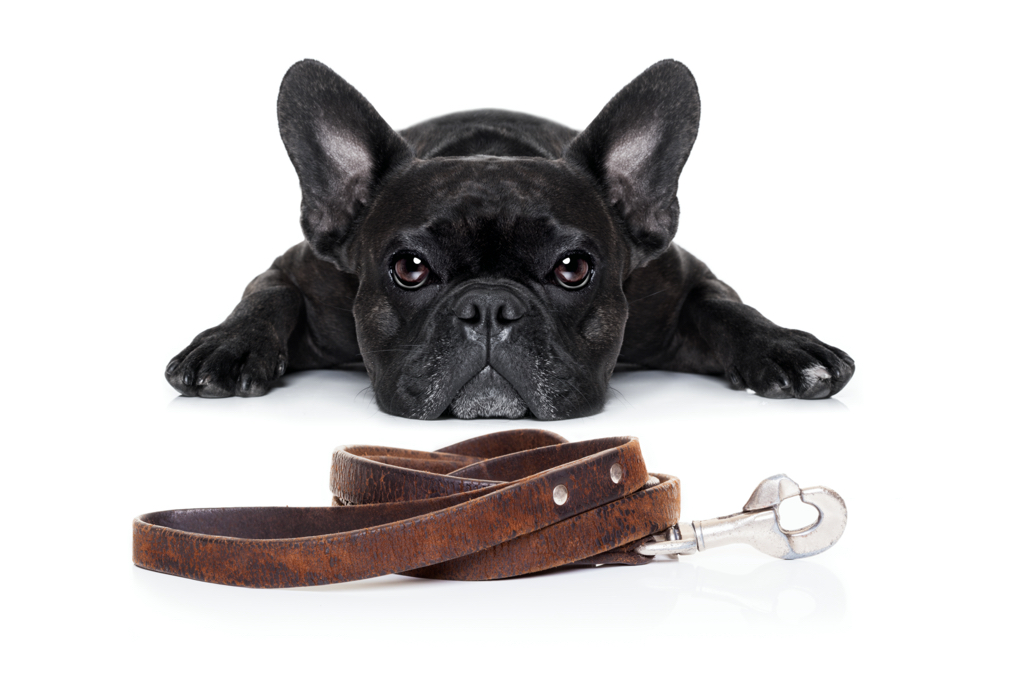
Collar and leash:
Walking your new puppy is a great way to get active and helps your puppy socialize and learn leash-walking manners. You’ll need a secure and sturdy leash and collar before you get going. If your puppy pulls, ask a dog trainer or a store partner about alternative options that can help discourage the behavior.
Puppy Harness:
A harness disperses pressure over a larger area of his body, reducing strain on his neck and back. Harnesses discourage pulling. When your dog is wearing a collar and pulls on the leash, he’s still moving forward, which makes him think the pulling is successful.
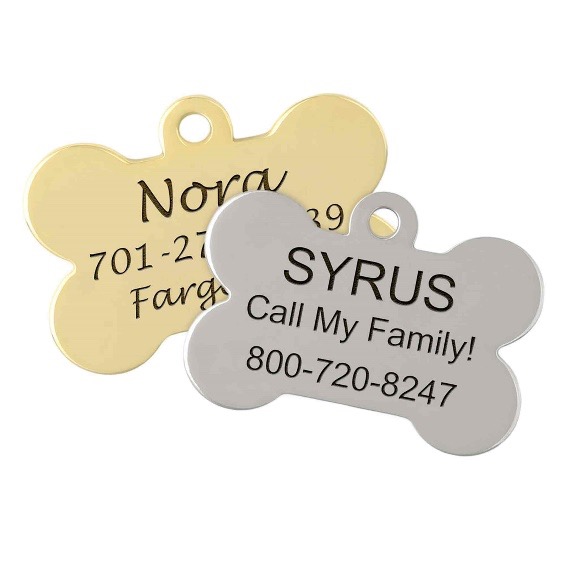
ID Tags:
The ability to identify your puppy is a must, so an easy-to-read identification tag with your puppy’s name, your family name and your contact information is crucial. Don’t be fooled into thinking your dog doesn’t need identification because he’s an “indoor dog;” if your dog gets lost accidentally, you want a speedy reunion and ID tags help.
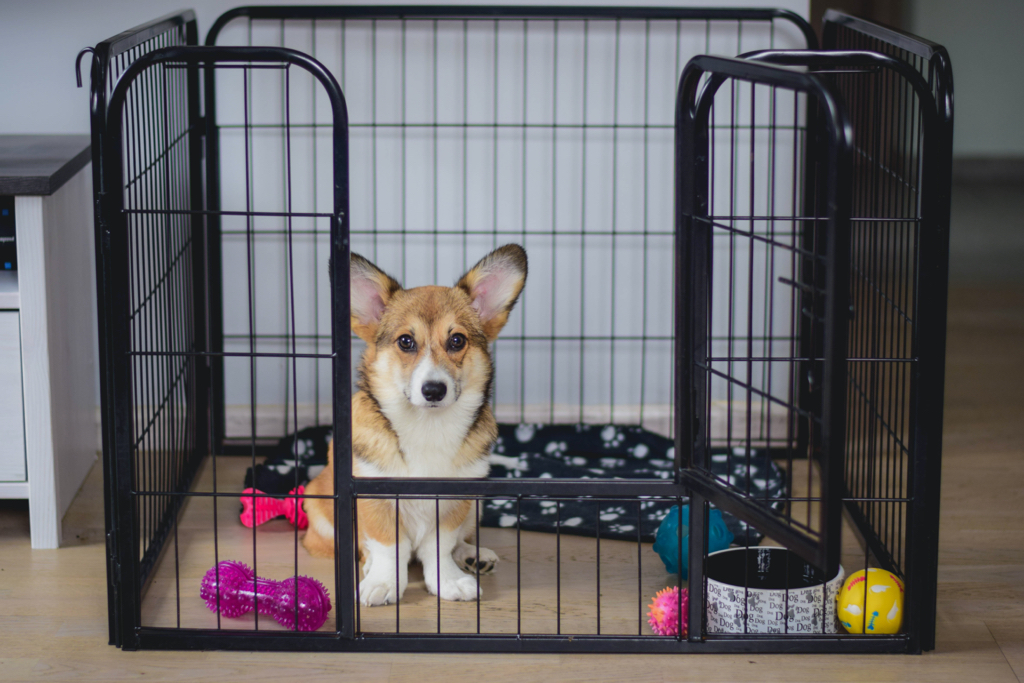
Puppy Crate:
House training is a big part of new puppy parenthood, and it requires patience and dedication. Crate training allows your puppy to have a safe-feeling place of their own in your home while also helping to minimize accidents on the carpet and inappropriate chewing on unattended shoes and other items. Crate for your puppy is very safe and is very helpful for you whenever you cannot watch them, including when you’re out of the house at work and overnight while you’re sleeping.
Cleaning products:
Puppies don’t usually come fully litter trained, so new puppy parents should anticipate accidents. Look for an enzyme cleaner to help remove urine stains, and stick to pet-safe cleaners. Be prepared for shedding and dog hair in your home. Vacuums with pet-hair extensions or capabilities can come in handy.
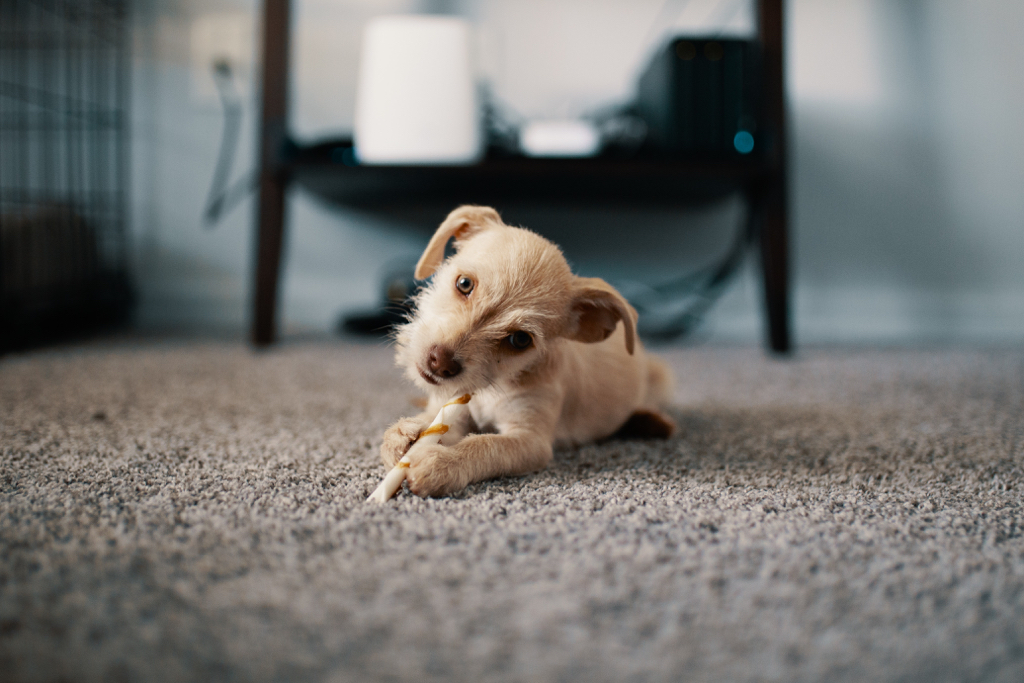
Puppy toys:
All dogs need mental stimulation, and toys are a great way to play and interact with your new puppy. Look for toys designed for puppies. They’re usually smaller and work better with their puppy teeth and consider interactive treat toys and puzzle toys to keep your puppy engaged and busy. Dedicate time in your day for playing and building your bond.
Puppy bed:
Although your puppy may sleep in a crate at night, it’s important to buy your puppy a dog bed. Your puppy can rest on the bed during the day, and it can be another place they know is theirs and available to go to for breaks. When looking for the right dog bed, be sure to get one that can accommodate your puppy’s breed and size as they grow while also keeping in mind that some puppies may decide to chew their bed if left alone. Blanket or bed made of durable material may be best for teething puppies.
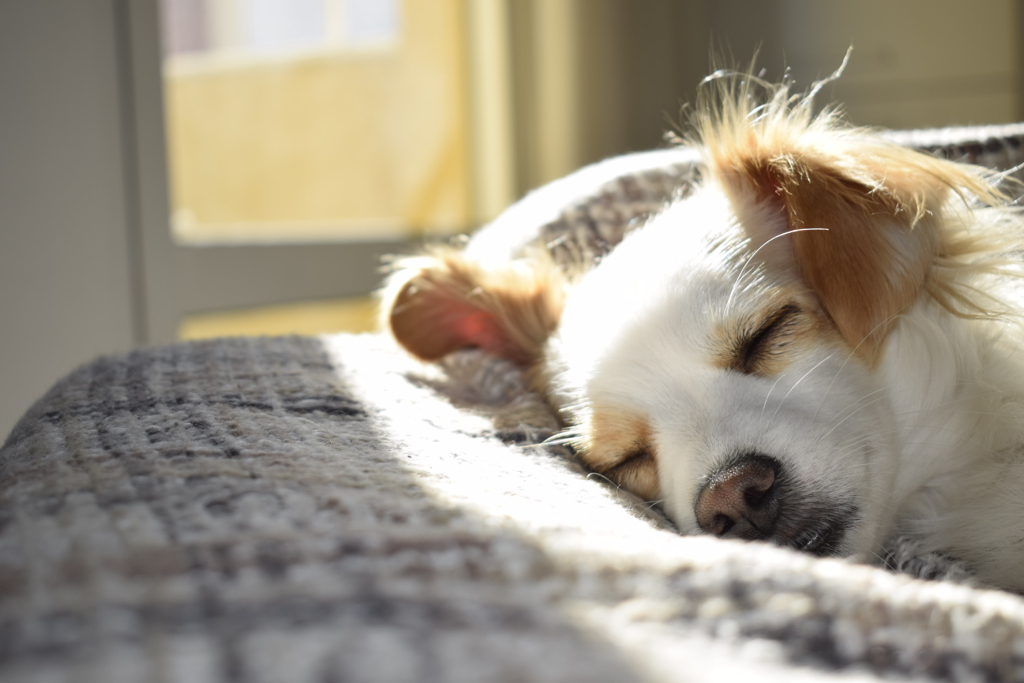
Shampoo and grooming tools:
Even if you plan to take your puppy to grooming appointments, you should have basic grooming products at home. Dog-friendly shampoo, a comb, a brush, nail clippers and styptic powder are essential tools to have on hand. When bathing your puppy at home, always use a shampoo designed specifically for dogs. Never use human shampoo on your puppy.
Puppy’s Toothbrush & Toothpaste:
Brushing your dog’s teeth is one of the best things you can do to prevent periodontal disease. Typically you can clean your dog’s teeth with a toothbrush designed for dogs, and of course, dog toothpaste. Most types of dog toothpaste contain scrubbing ingredients that help wash away stains and plaque.
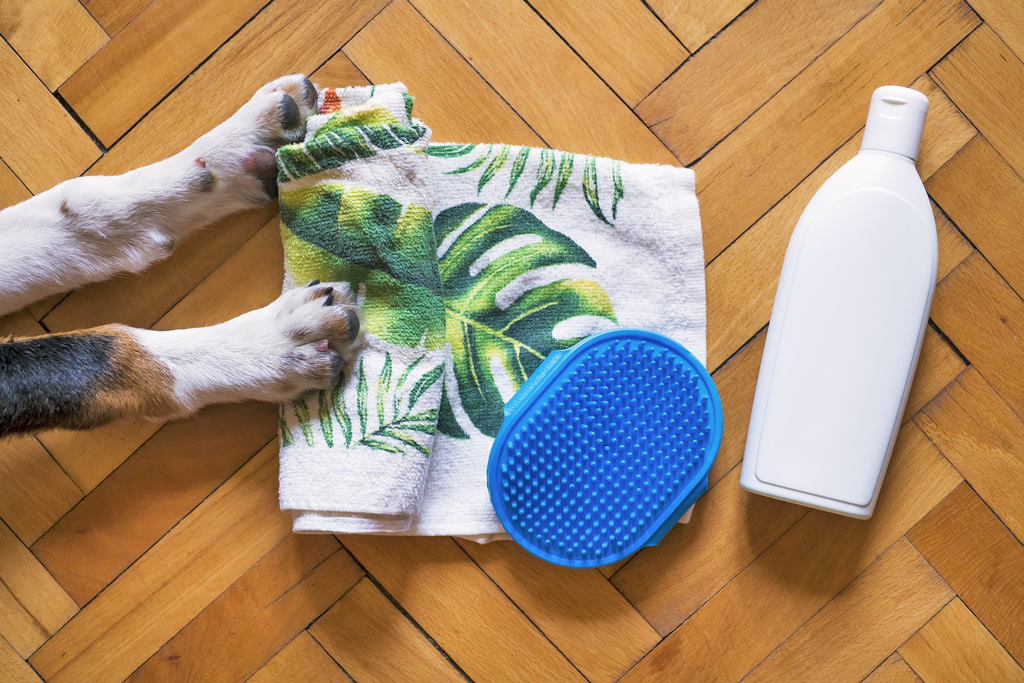
Grooming Supplies:
To make sure your puppy always looks as cute as he did the day you brought him home, make sure you buy grooming supplies that are well-suited to his particular coat.
- For shorthaired breeds, use a brush with natural bristles, a rubber currycomb or a hand mitt.
- For longhaired breeds, you’ll want a sturdy wide-toothed metal comb, and perhaps a mat splitter.
No matter what your dog’s hair type, though, be sure to buy him a flea comb and establish a regular grooming routine as early as possible.
Conclusion:
So bring that new puppy to your home! I hope this detailed new puppy checklist has made you savvier in what concerns taking care of a young dog. Just remember to always be in the moment with your puppy. Let them experience the world under your watchful eye, and enjoy one of the truly greatest friendships of your life.
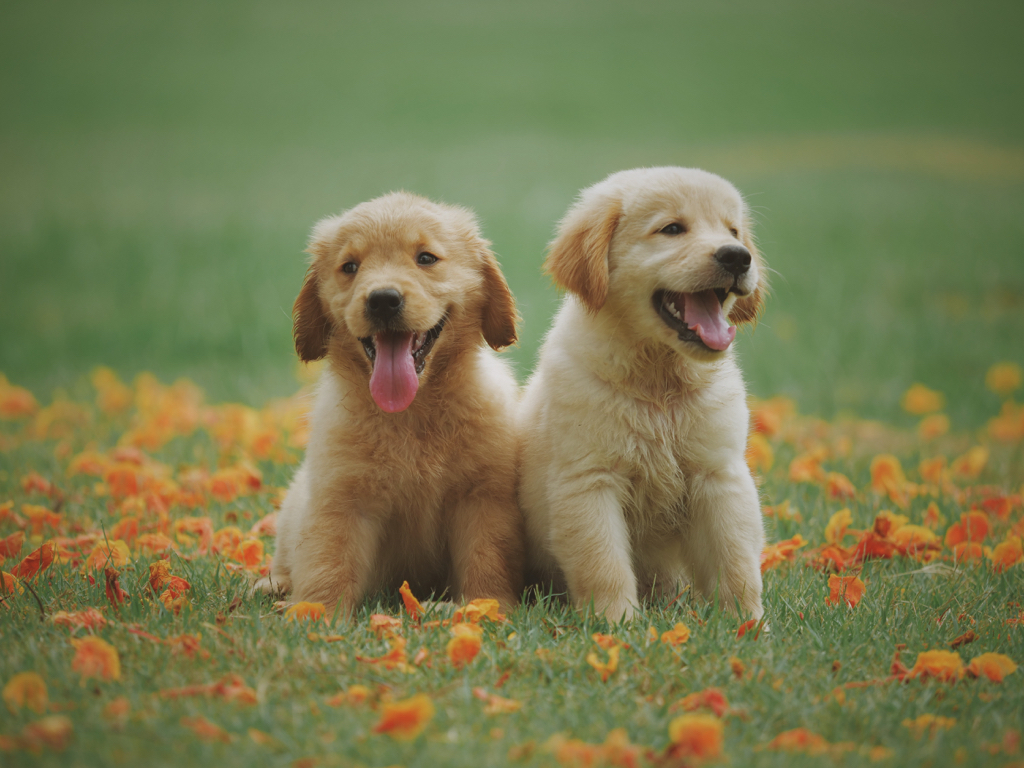
Leave a Reply